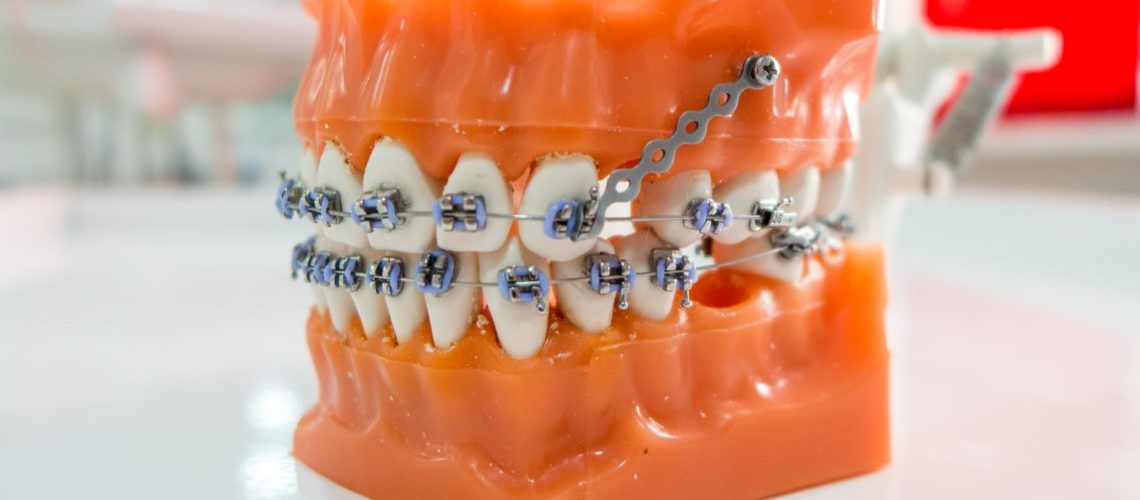When your children’s teeth are out of alignment, it’s important to get them straightened before lasting damage results. There are immense benefits to acting early when it comes to pediatric orthodontic care. Your child’s oral structures are still forming, making the adjustment faster, easier, and less painful. It will also help ensure that their adult teeth are in alignment as they continue to develop. Getting orthodontic care is similar for all ages; it begins with a visual inspection, imaging, and a thorough assessment to create the proper treatment plan. Even for children, however, it’s important that only the teeth that need to get moved, move. The rest need to stay in place to ensure that the final result is a straightened and beautiful smile. A century ago, the first technique for ensuring that the right teeth stayed in place was developed. It’s known today as Baker’s Anchorage.
The Role Of Orthodontic Anchorage
The gentleman who developed this innovative treatment was known as Henry Albert Baker. Upon realizing that securing teeth in place was necessary to get the desired orthodontic results, he developed the anchorage system. Baker’s Anchorage was the first such anchorage developed, but it set the stage for the development of many more. Each anchorage had to be specially designed to match the needs of the patient and the desired results. As a result, there became a classification system that describes the various anchorages used today. They cover the site of the anchorage, the number of teeth being treated, and more. Below are the basics of the system that describes the anchorages that may be used as part of your child’s care.
- Site-Based Classification
- Intraoral – Anchorages mounted within the patient’s mouth
- Extraoral – Anchorages that use external bracings like headgear and masks. Occipital (rear of the head) and Cervical (neck) appliances are common examples.
- Muscular – Anchorages utilizing muscle tissue.
- Number of Treated Teeth
- Simple/Primary – A single tooth
- Compound – More than one tooth
- Reinforced – More than one point of anchorage is involved, often extraoral anchorages.
- Reciprocal – Adjusting two teeth towards each other equally
- Stationary – Modifying the angle of the tooth while keeping it in place
- Space-Based Classification
- Group A – Adjusting some forward teeth, but more rear teeth
- Group B – Both forward and rear adjustment of teeth
- Group C – Focus on moving mostly front teeth, some rear
- Absolute Anchorage – Only moving forward teeth to the rear
This classifications system makes it possible for your dentist to clearly indicate the anchorages that will be part of your child’s treatment. This practice ensures that the documentation on your child’s care is clear and that errors become unlikely.
Speak With Your Pediatric Dentist About Orthodontic Care
The purpose of this guide is to ensure that parents are well informed about the care their child will be receiving. It’s important to fully understand the full scope of treatment your child will receive so that you can explain it to them clearly. This helps prepare them for the procedure and can ease their worries about receiving orthodontic treatment. Consider having the conversation about this care with them while the dentist is present for additional support and accuracy.

